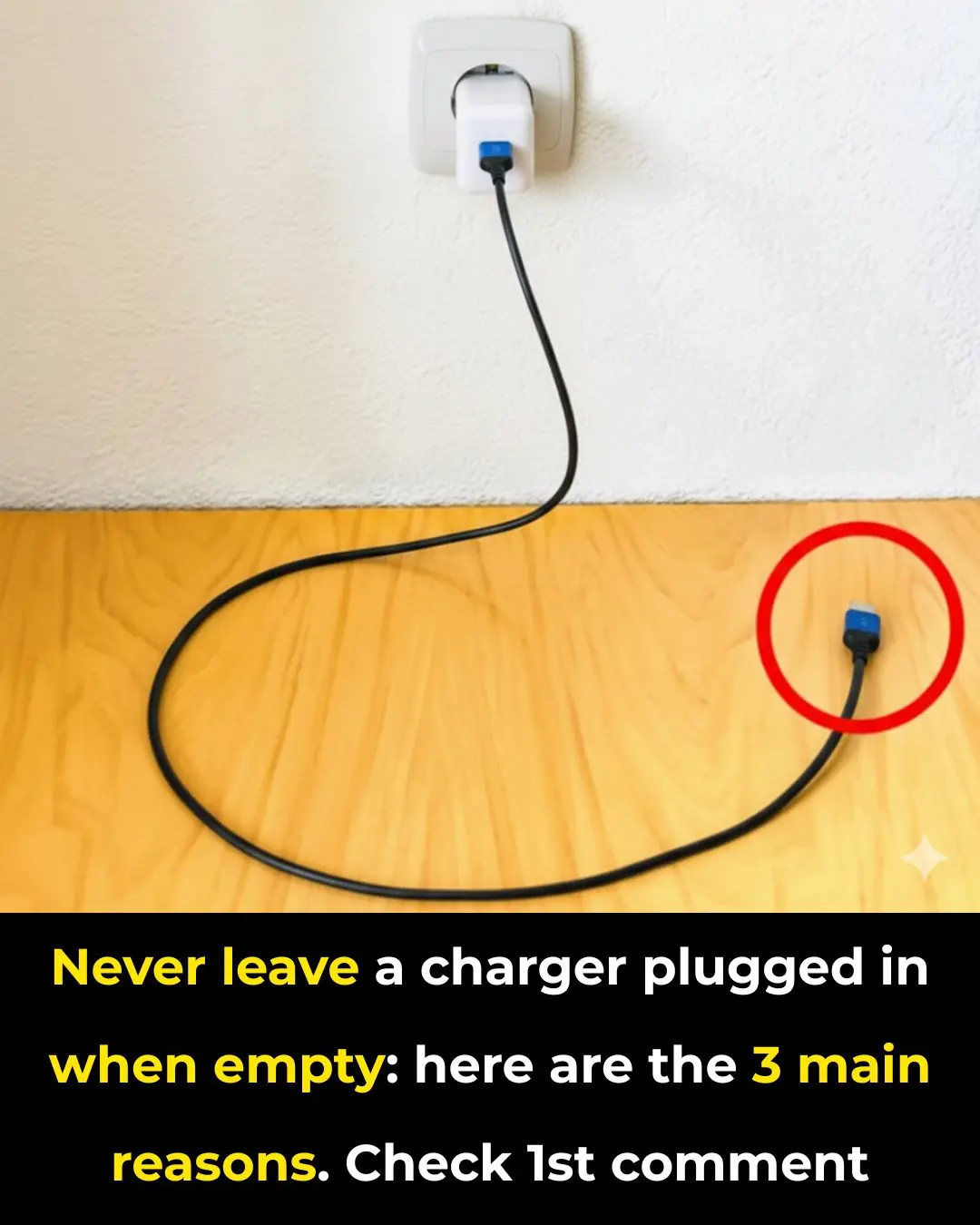
How to recognize fake honey, honey mixed with sugar
Honey – The Golden Gift of Nature
Honey is a naturally sweet and nutrient-rich food that has been trusted for centuries for its wide range of health benefits — from improving digestion and supporting the immune system to soothing sore throats and nourishing the skin.
There are many different types of honey, but wild honey is often considered the finest. Collected from bees that feed freely in the forest, it has a deep aroma and complex flavor that make it especially prized. However, it also tends to be more expensive and harder to find.
In contrast, farmed (cultivated) honey is more common, affordable, and still highly nutritious. Depending on the flowers the bees collect nectar from, the taste, color, and scent of the honey can vary — from the light sweetness of longan or lychee blossoms to the rich, amber tones of coffee or buckwheat honey.
Beware of Fake Honey
Alongside natural and farmed honey, the market today is flooded with fake or adulterated honey. Some dishonest sellers mix sugar syrup, artificial flavoring, or chemical additives to increase volume and profit.
At first glance, fake honey may look or even taste similar to real honey, making it difficult for consumers to distinguish. But using fake honey over time can harm the body — causing digestive problems, unwanted weight gain, or even metabolic disorders. Most importantly, fake honey lacks the enzymes, antioxidants, and antibacterial properties that give natural honey its true value.
To protect yourself and your family, you can rely on several simple yet effective home tests to identify whether the honey you have is pure or mixed.
1. The Water Test
Prepare a clear glass of water. Using a straw or spoon, drop a small amount of honey into the glass.
-
Pure honey will sink straight to the bottom and remain there without dissolving immediately.
-
Fake or diluted honey, on the other hand, will mix with the water quickly and start to dissolve.
This happens because real honey is denser and contains less water, while adulterated honey is thinned with syrup or other liquids.
💡 Tip: For a more accurate result, make sure your water is at room temperature — not too cold or warm.
2. The Paper Test
Place a drop of honey on a piece of plain white paper or tissue.
-
If the honey forms a rounded bead and does not soak into the paper, it’s pure.
-
If it spreads out quickly or leaves a wet mark, it’s likely mixed with water or sugar syrup.
Real honey typically contains only around 17% moisture, though this can vary slightly depending on the type and harvesting season. That low water content is what allows genuine honey to preserve itself naturally for years without spoiling.
3. The Fresh Onion Test
Pour a small amount of honey into a small bowl, then dip a fresh green onion stalk into it.
-
If the onion softens, wilts, or slightly changes color to brownish — that’s a sign of real honey.
-
If it stays fresh and firm, the honey may be fake or diluted.
This reaction occurs because enzymes and natural acids in pure honey interact with the moisture in the onion, while artificial syrups lack such properties.
4. The Egg Yolk Test
Separate one egg yolk into a small bowl. Pour enough honey over it to fully cover the yolk and let it sit for about 5–7 hours.
-
In real honey, the yolk will appear to “cook” slightly — it firms up or becomes pale.
-
In fake honey, there will be little to no change at all.
This is due to honey’s high osmotic pressure and enzyme activity, which naturally draw moisture out of the yolk.
5. The Freezer Test
Pour a small amount of honey into a glass jar and place it in your freezer compartment for at least 7 hours.
-
Fake honey will harden completely, turning solid like ice or showing crystalized sugar at the bottom.
-
Real honey, however, only becomes thick and sticky, never completely solid.
Honey’s natural sugars and low water content prevent it from freezing the way artificial mixtures do.
How to Choose and Store Honey
-
Always buy from trusted suppliers or local beekeepers.
-
Look for labels indicating the flower source (e.g., acacia, longan, wildflower) — genuine producers are transparent about their honey’s origin.
-
Store honey in glass jars at room temperature. Avoid keeping it in the refrigerator, as cold temperatures can cause natural crystallization.
-
Keep the lid tightly closed to protect honey from moisture and air exposure.
When stored properly, honey can last indefinitely — it’s one of the few natural foods that doesn’t spoil with time.
In the End – Real Honey, Real Health
Real honey is nature’s golden treasure — pure, healing, and full of life. Learning how to tell real from fake isn’t just about avoiding waste or loss of money; it’s about caring for your health and honoring what nature provides.
The next time you drizzle honey into your tea or spread it on warm toast, you’ll taste more than sweetness — you’ll taste the quiet wisdom of nature, and the effort of thousands of tiny bees who make this liquid gold possible.
News in the same category

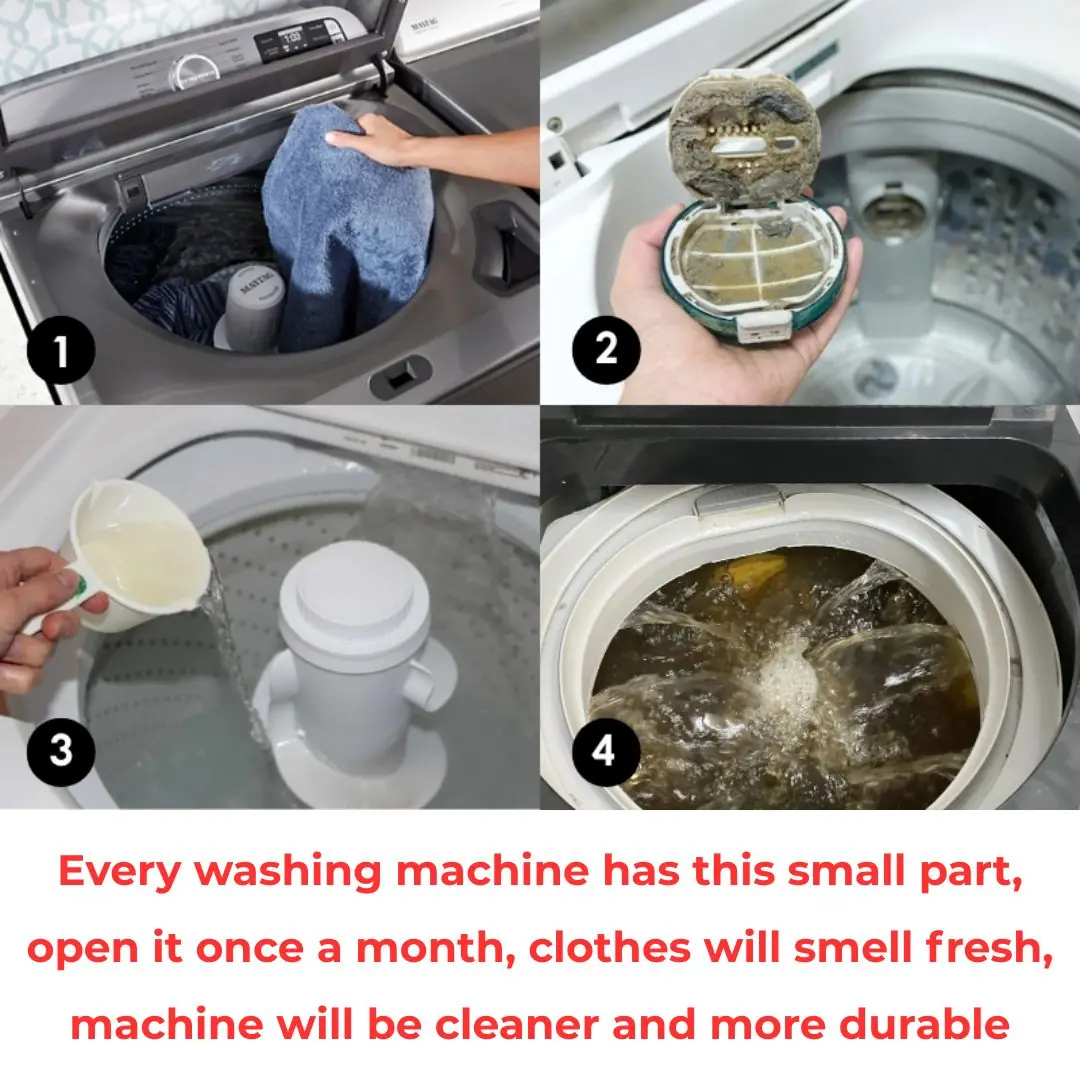
Every washing machine has this small part, open it once a month, clothes will smell fresh, machine will be cleaner and more durable
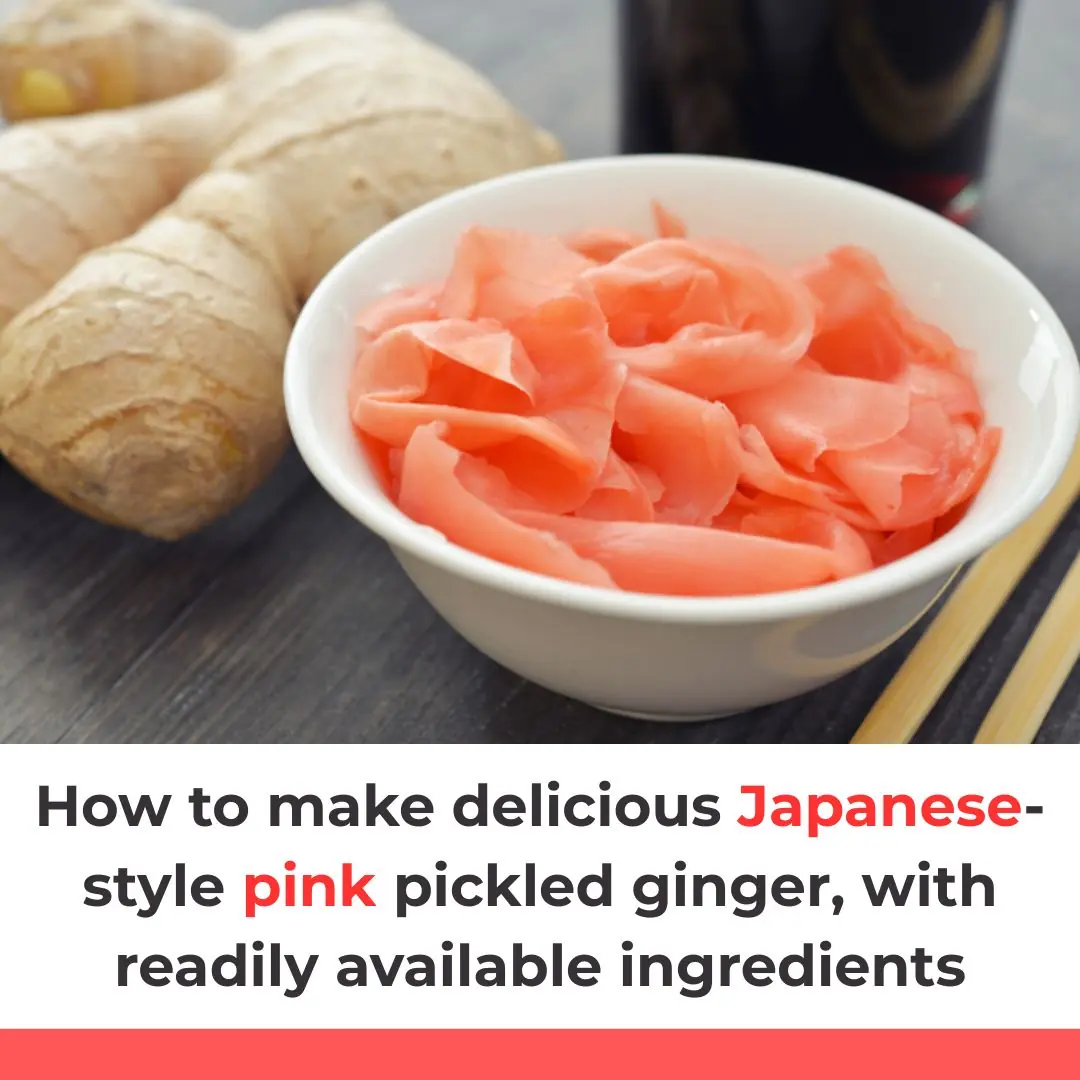
How to make delicious Japanese-style pink pickled ginger, with readily available ingredients
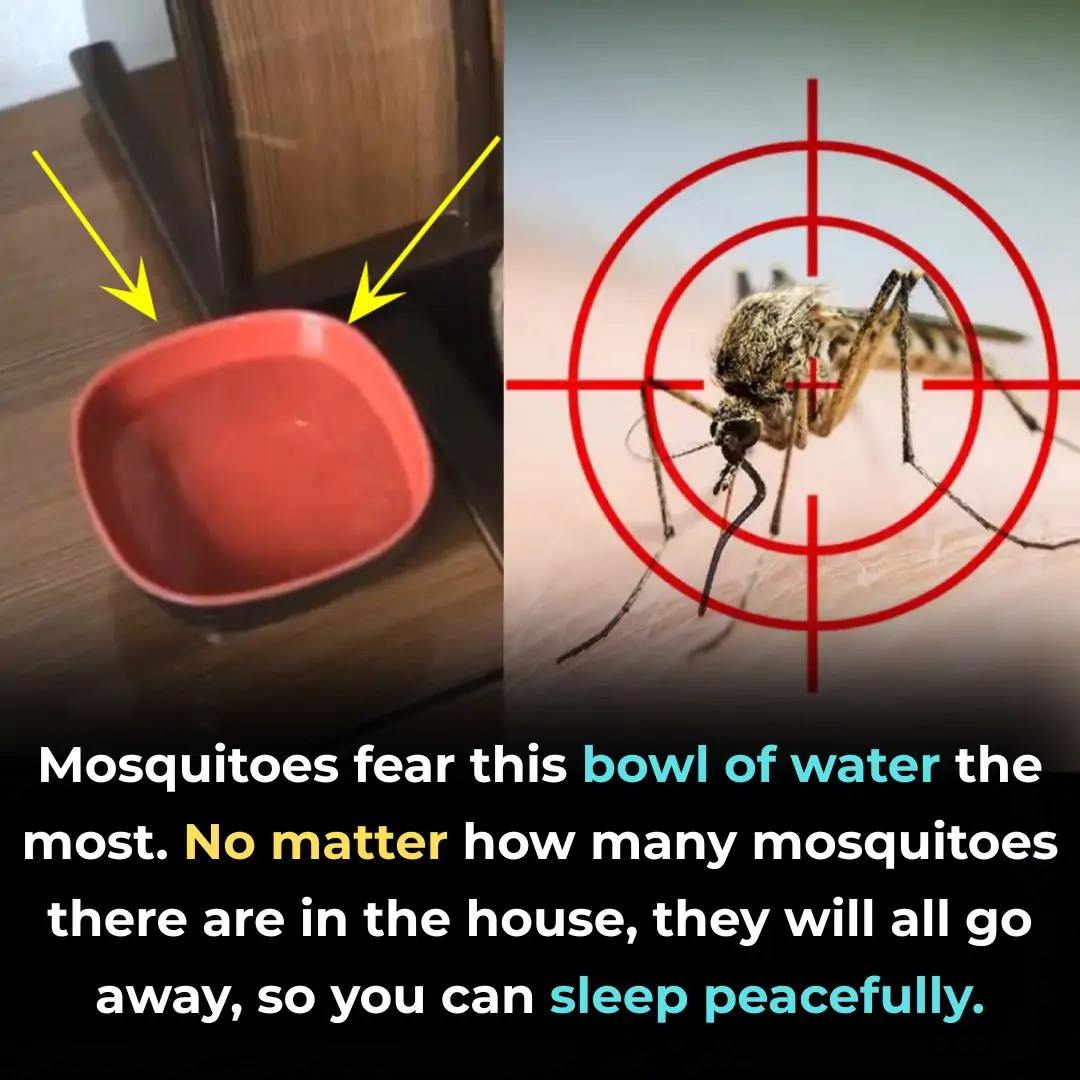
Mosquitoes fear this bowl of water the most. No matter how many mosquitoes there are in the house, they will all go away, so you can sleep peacefully.
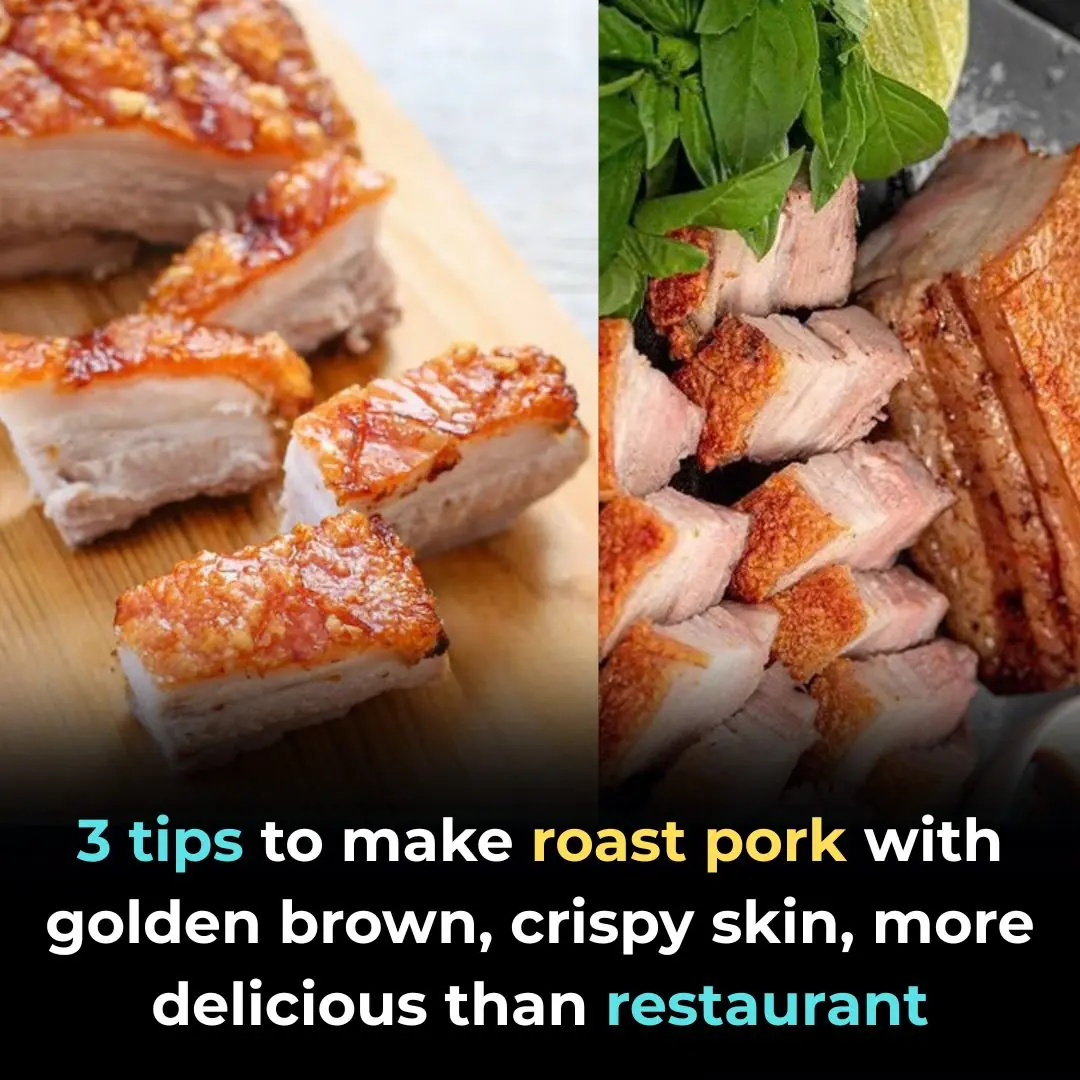
3 tips to make roast pork with golden brown, crispy skin, more delicious than restaurant
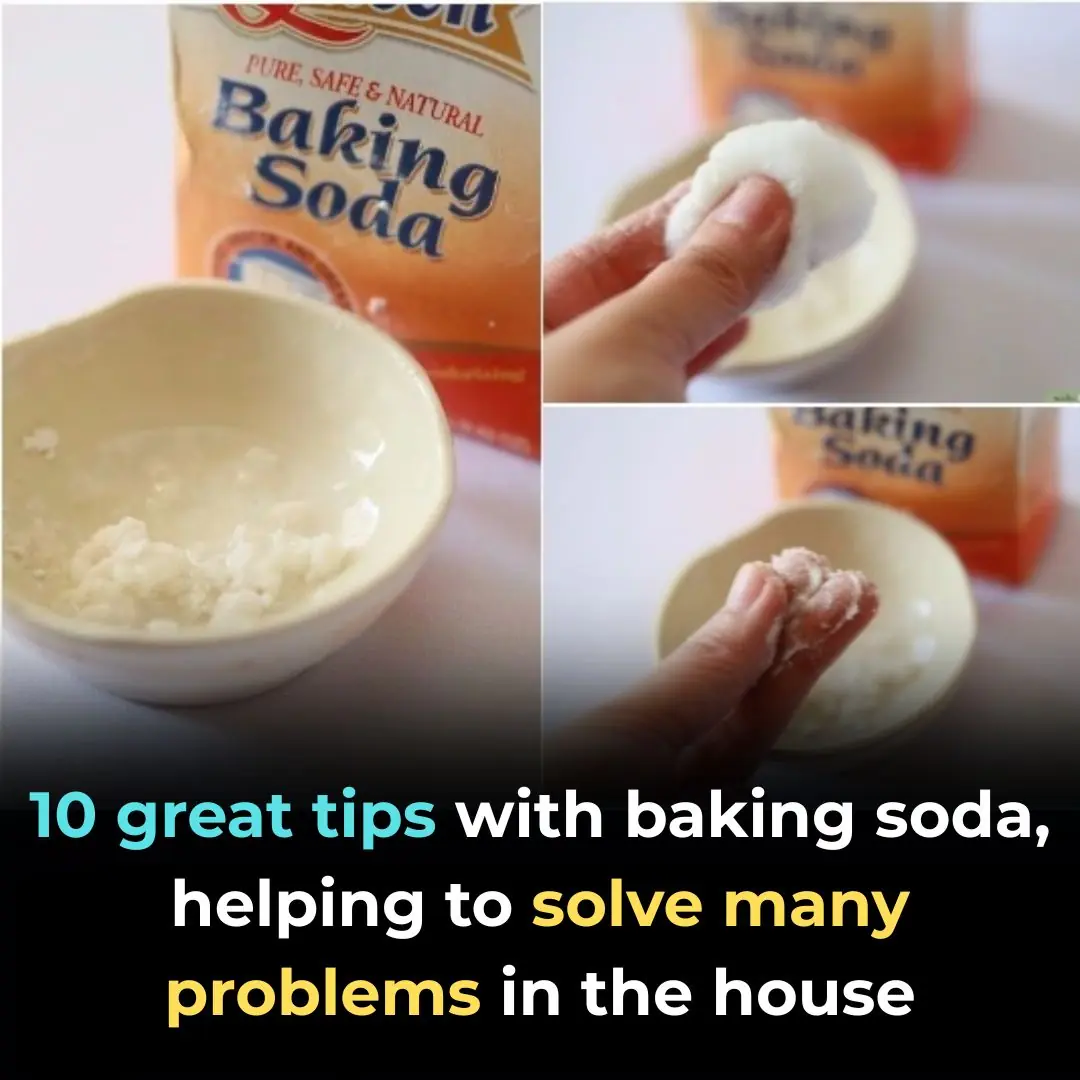
10 great tips with baking soda, helping to solve many problems in the house
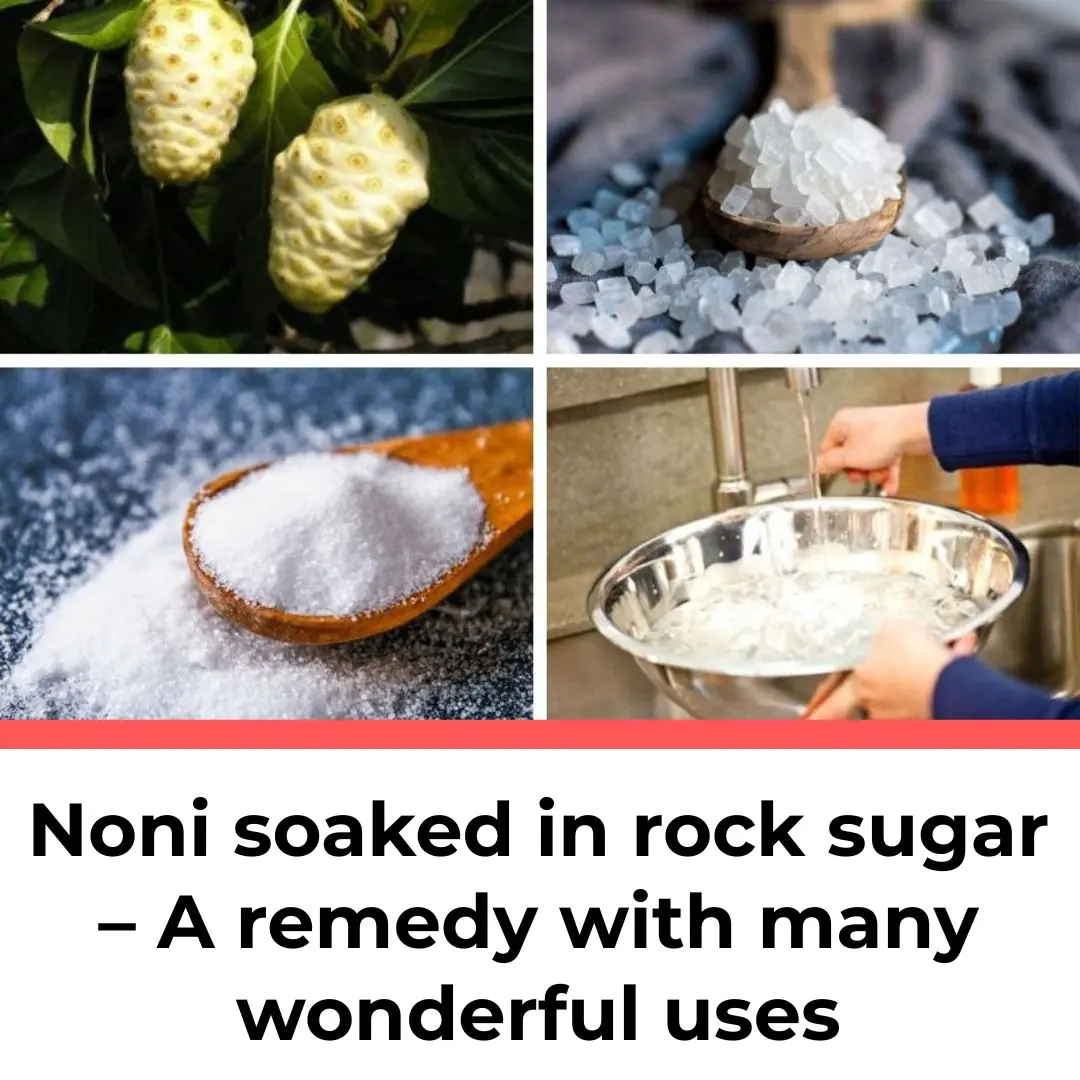
Noni soaked in rock sugar – A remedy with many wonderful uses
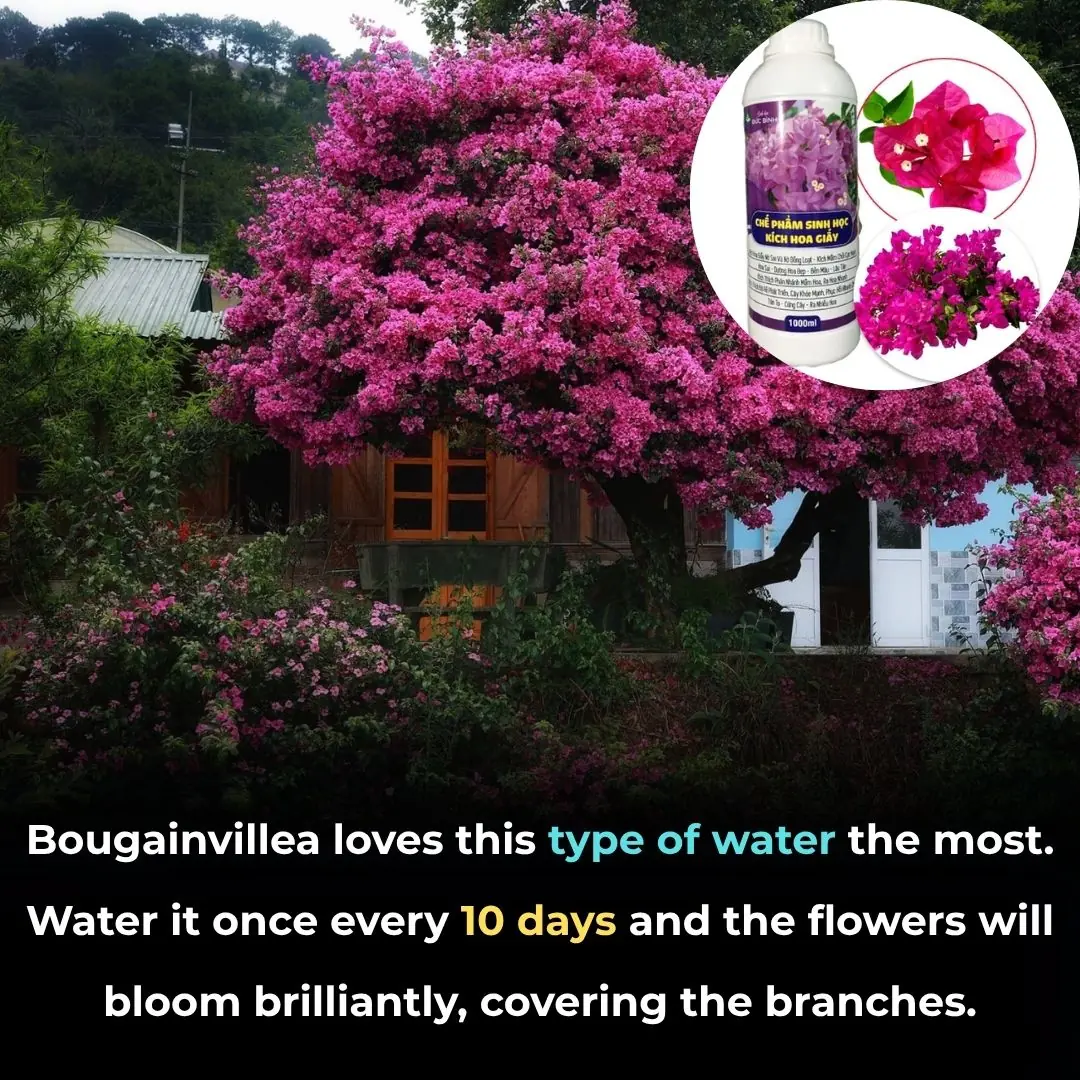
Bougainvillea loves this type of water the most. Water it once every 10 days and the flowers will bloom brilliantly, covering the branches.

Husband secretly gave money to the maid, I was surprised to know her real identity.

3 types of plants to avoid growing in the house, or else they will cause bankruptcy, loss of wealth, and bad luck.

How to keep watermelon fresh for a month: A small tip that everyone needs to know this summer
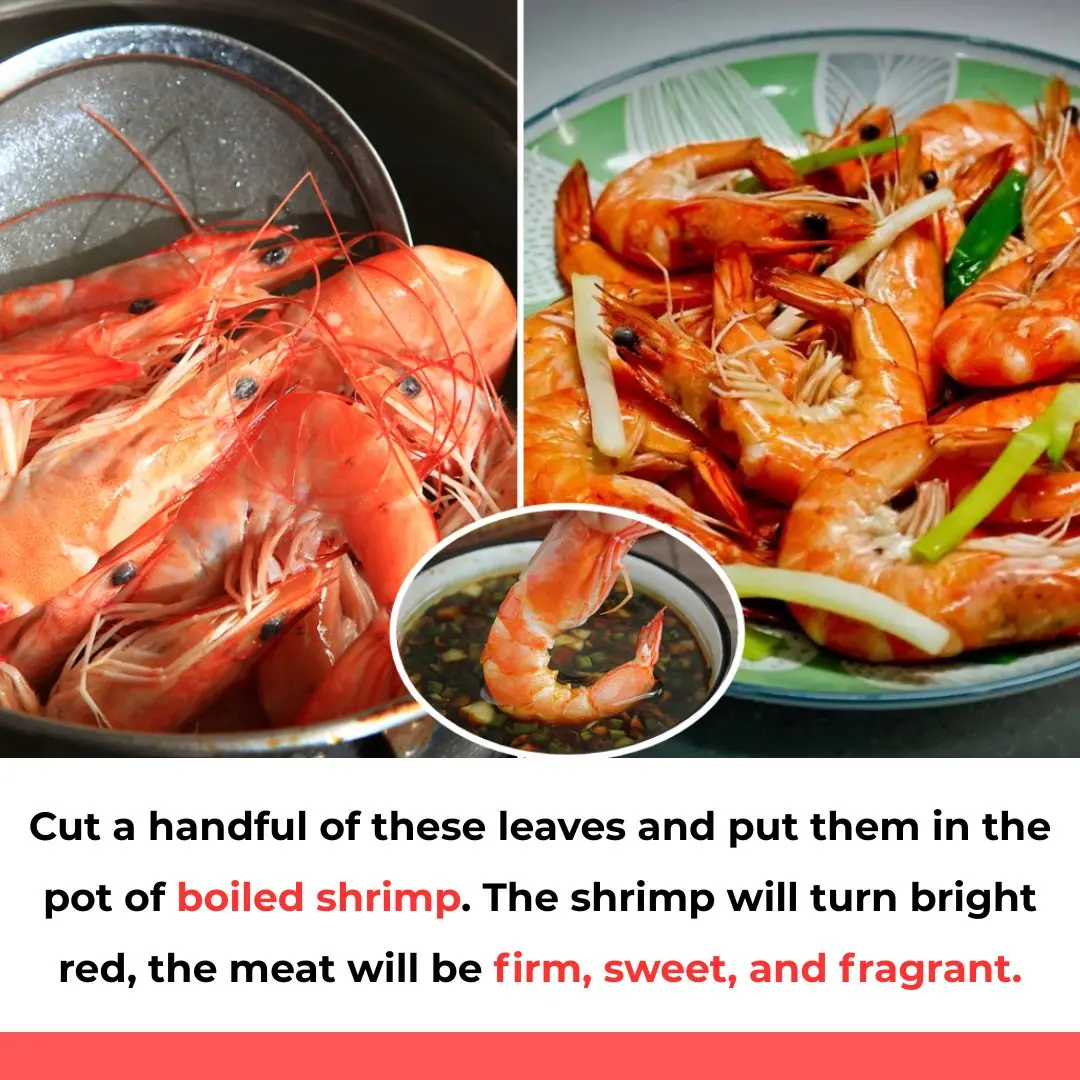
Cut a handful of these leaves and put them in the pot of boiled shrimp. The shrimp will turn bright red, the meat will be firm, sweet, and fragrant.
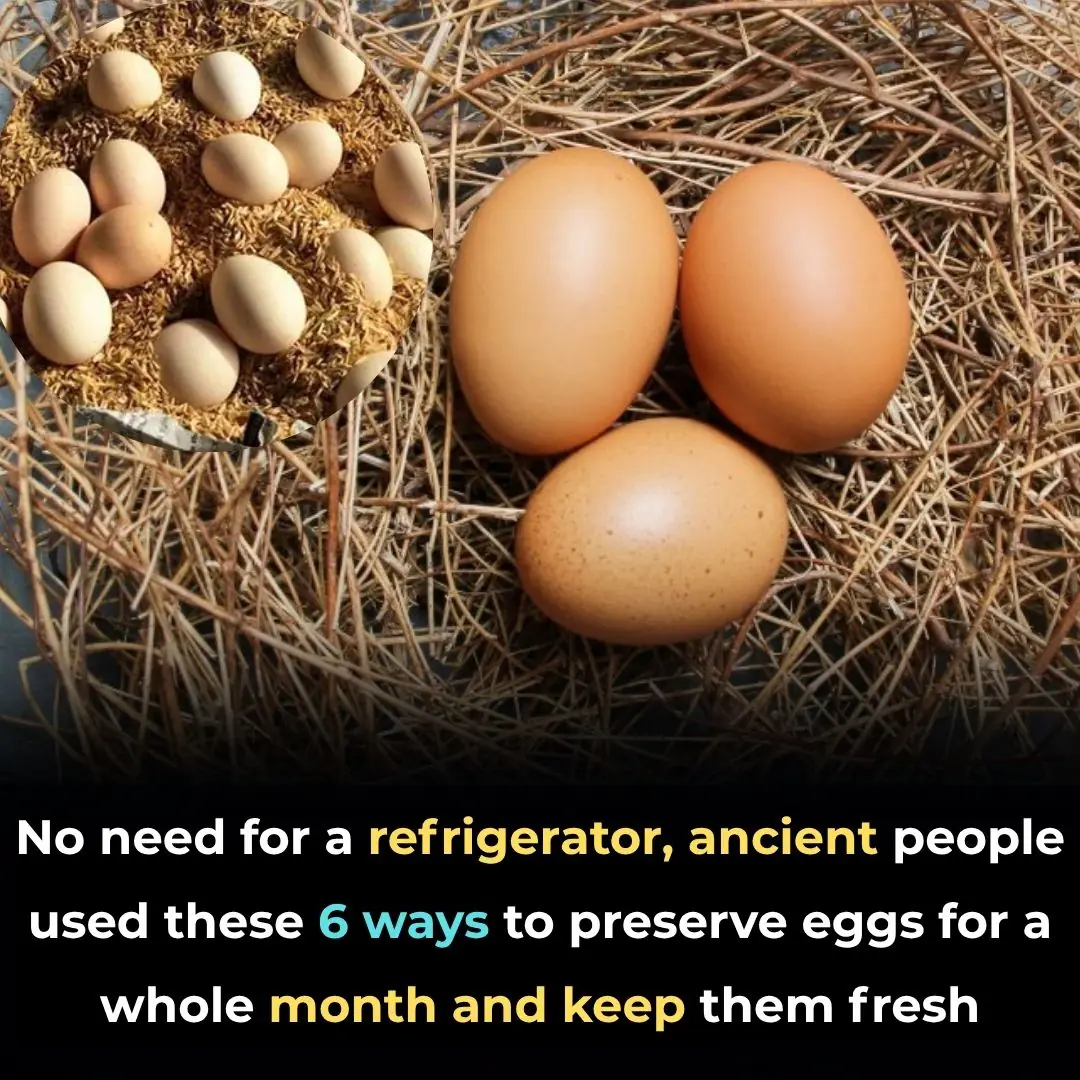
No need for a refrigerator, ancient people used these 6 ways to preserve eggs for a whole month and keep them fresh
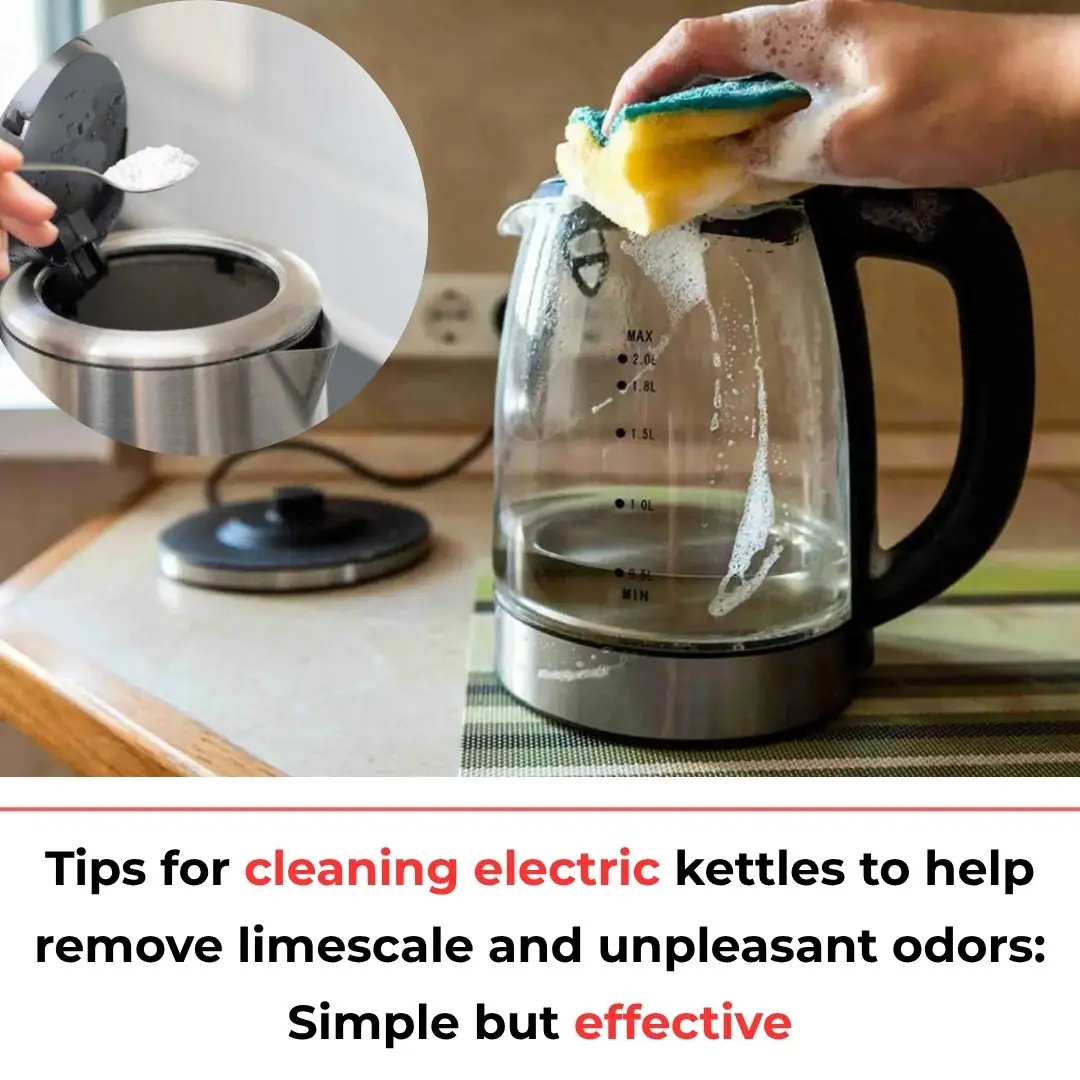
Tips for cleaning electric kettles to help remove limescale and unpleasant odors: Simple but effective
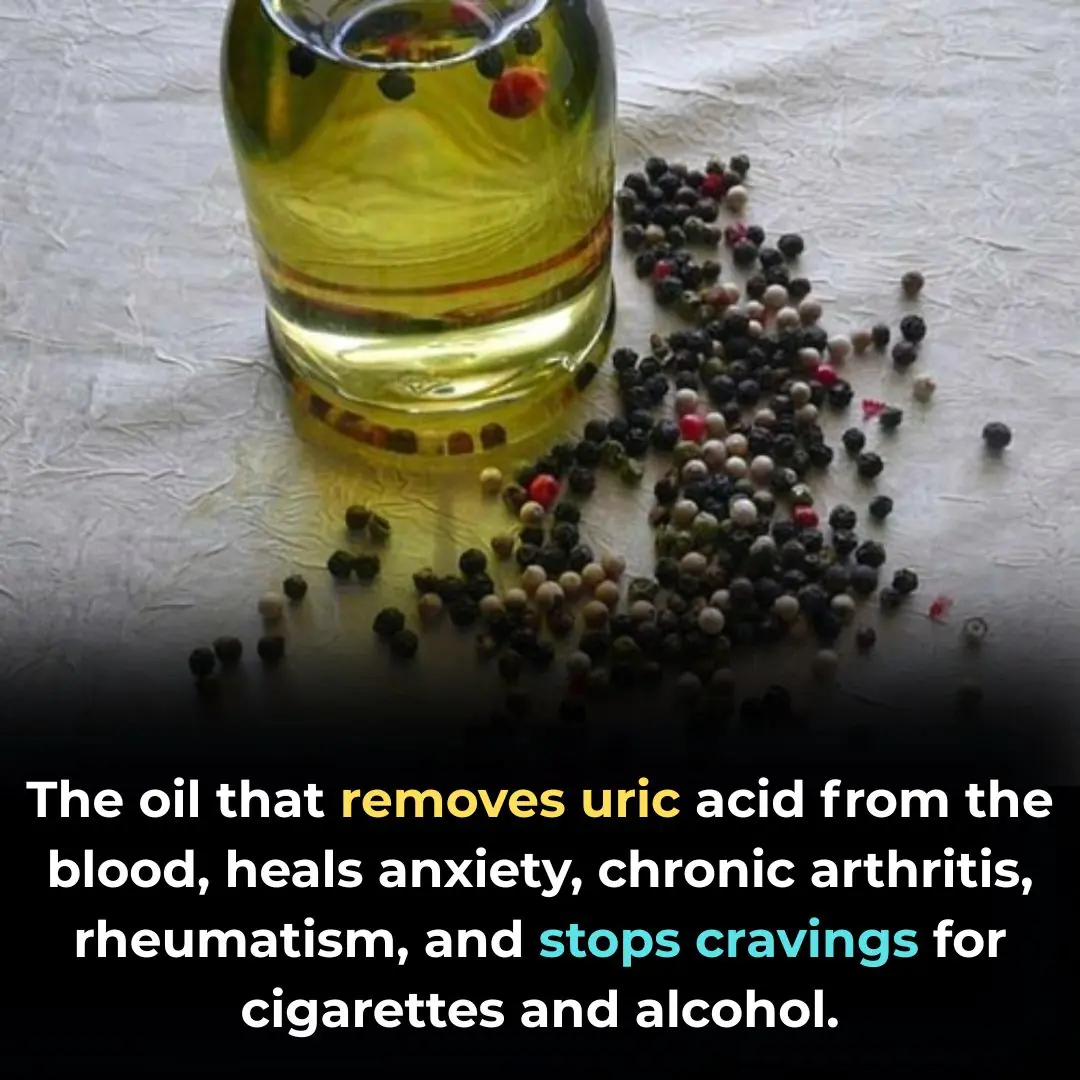
Do you know the effects of this oil on your life?
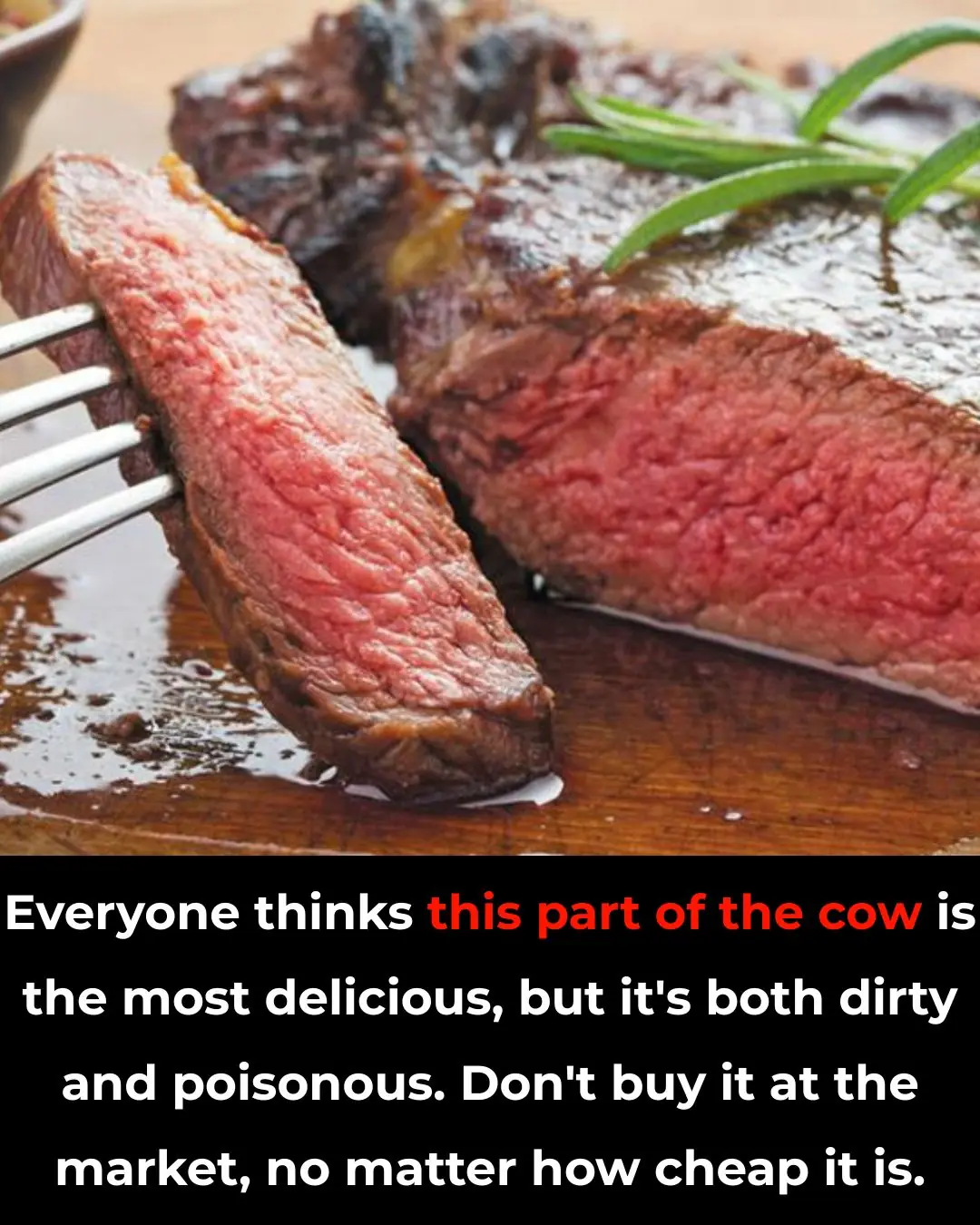
Everyone thinks this part of the cow is the most delicious, but it's both dirty and poisonous. Don't buy it at the market, no matter how cheap it is
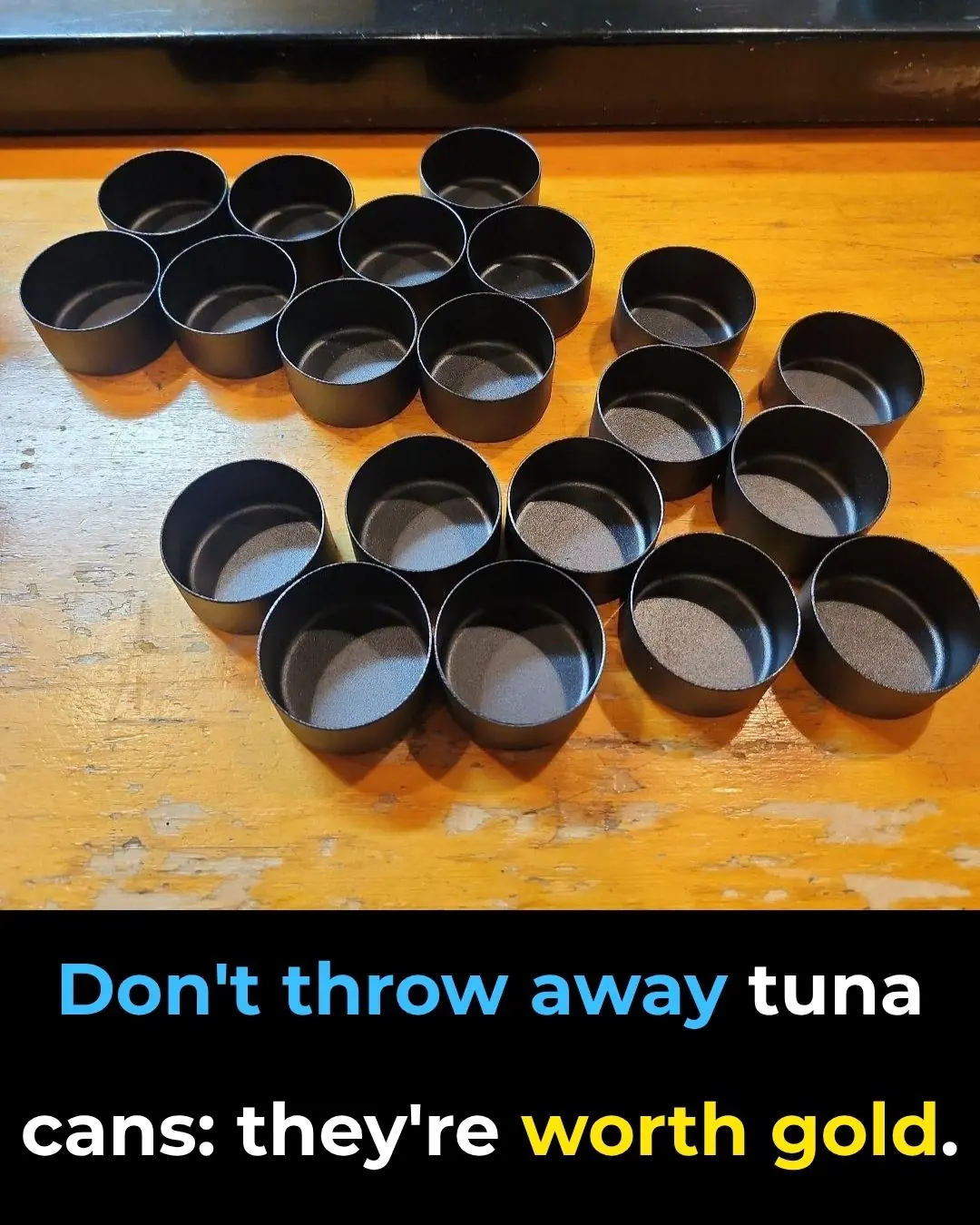
Don't throw away tuna cans: they're worth their weight in gold if you reuse them this way!

Why You Should Avoid Drinking the Mineral Water Provided in Hotel Rooms: The Subtle Reasons You Might Not Know — Read Now to Protect Yourself
News Post

Jennifer Hudson Champions Musical Inclusivity Amid Super Bowl Language Debate

Jennifer Hudson Cheers on Bad Bunny’s Super Bowl Swagger — and Starts Learning Spanish Herself

Charli XCX shares cryptic video after Taylor Swift’s ‘Actually Romantic’ diss

NY authorities clamp down on liquor store openings citywide as booze demand plummets

Desperate rescue effort underway to save hundreds of hikers stuck on Mount Everest after snowstorm

Six signs you may be a functioning alcoholic according to doctor
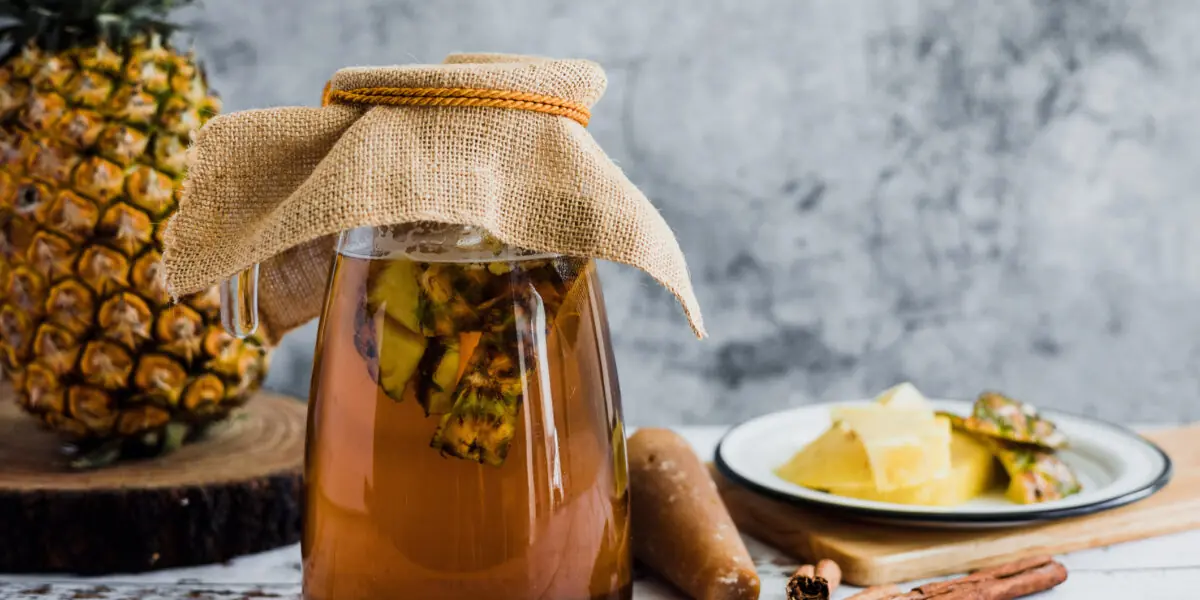
Pineapple Water: A Refreshing Drink That Supports Your Health

The Silent Threat: Recognizing Early Signs of Kidney Disease and Lifestyle Prevention

A Heartwarming Encounter: A Child’s Innocence and the Power of Love.

The Stranger Who Stopped: How One Man’s Compassion Saved a Life on a Busy Georgia Road
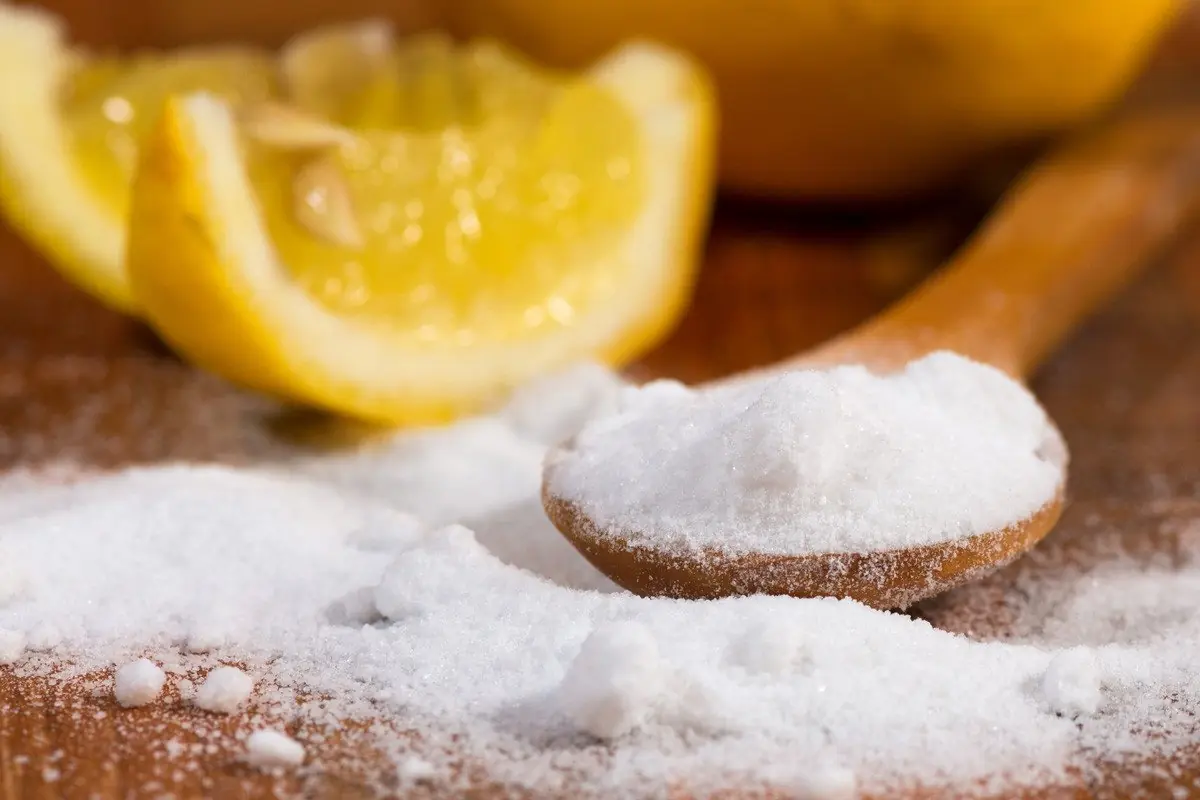
Baking Soda (Bicarbonate of Soda): Uses and Benefits (Science Based)

A Father’s Day Gift Like No Other: A Daughter’s Kidney, A Father’s Second Chance

Benefits of Walking: Why Walking is One of the Best Forms of Exercise 🚶♀️

Maliyah’s Fight: A Fifteen-Year-Old Cheerleader Battling Stage 4 Cancer With Courage and Faith

No Cake, No Balloons: A Firefighter’s Quiet Birthday of Purpose and Service
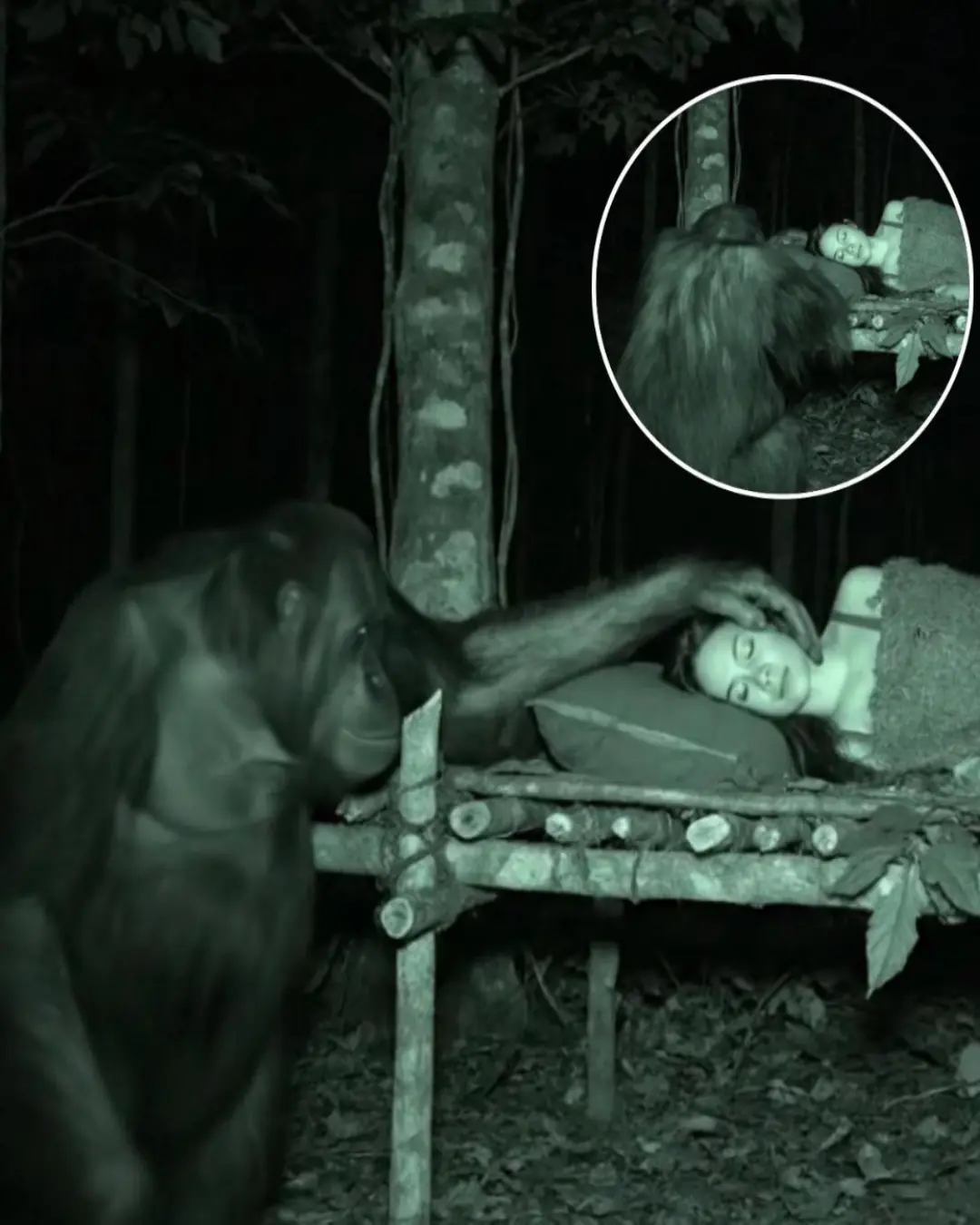
Orangutan Secretly Watches Over Woman During Jungle Survival Challenge

“The Stranger on a Plane: How One Man’s Kindness Gave a Mother the Gift of Rest”

A Little Fighter’s Final Victory: Remembering Bryson’s 1,027-Day Battle

A Match Made in Dog Heaven: A Toddler and Her Puppy Who Share a Special Bond
